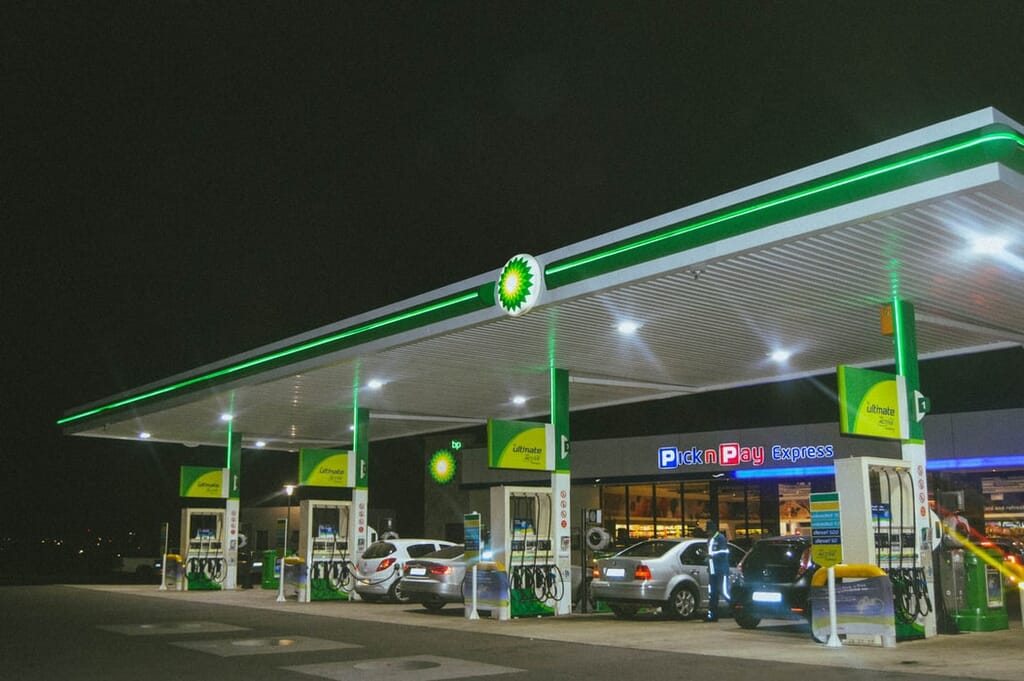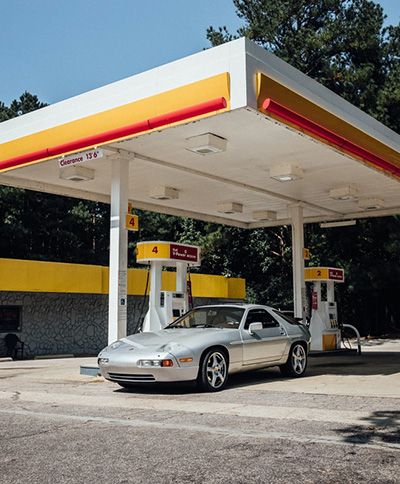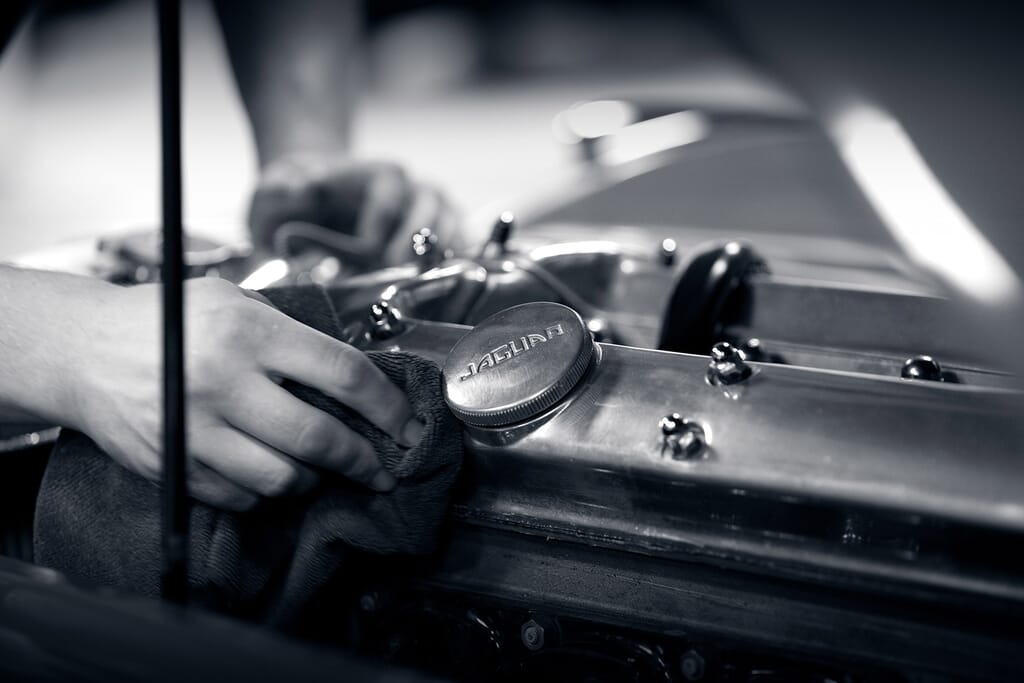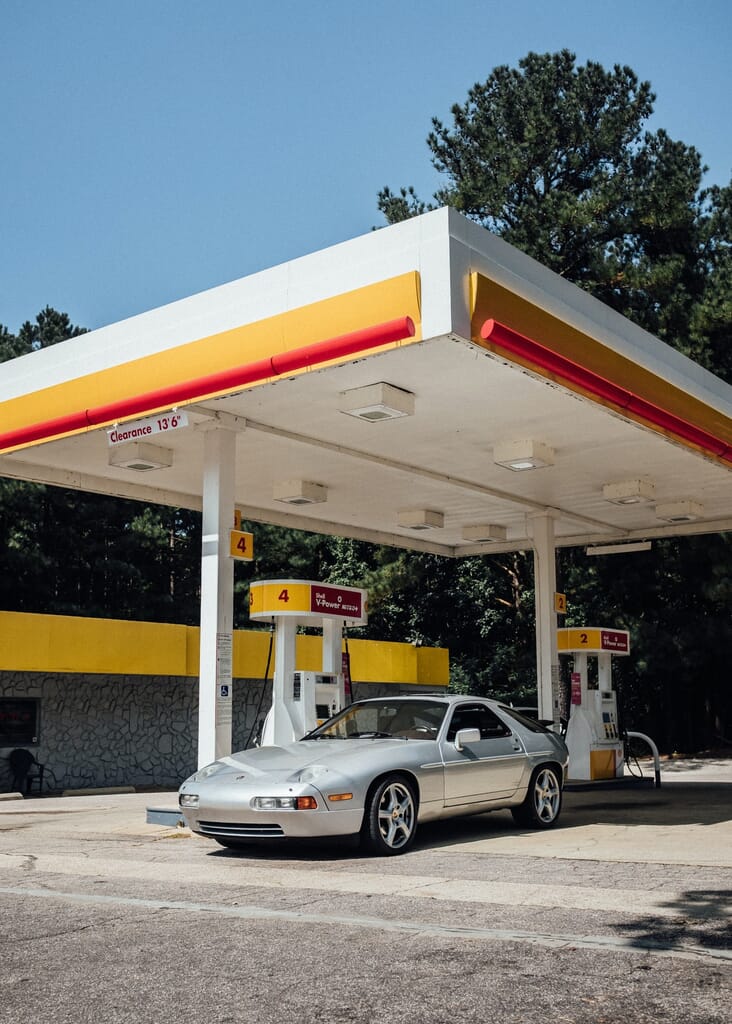
With varying ethanol levels in modern fuel impacting everything from performance to corrosion, it’s worth learning a little more about what comes out of the pump. As we move closer to the UK’s adoption of ethanol-rich E10 in September, here’s what you need to know about fuelling for everyday driving and long term car storage.
What are E5 & E10 fuels?
 Fill up on a UK forecourt today and, chances are, you’ll be putting E5 into the tank. E5’s name comes from the fact that it contains up to 5% bio-ethanol – a figure that will rise to 10% in the E10 fuel set to be rolled out across the UK from September. It’s hard to fault the government’s logic: that additional 5% ethanol could cut CO2 emissions by 750,000 tonnes/year (equivalent to 350,000 cars) and give the UK a fighting chance of reducing greenhouse gas emissions to net zero by 2050. For motorists, however, E10 is contentious – even the RAC has advised owners of any car built before 2002 to avoid it or risk mechanical damage.
Fill up on a UK forecourt today and, chances are, you’ll be putting E5 into the tank. E5’s name comes from the fact that it contains up to 5% bio-ethanol – a figure that will rise to 10% in the E10 fuel set to be rolled out across the UK from September. It’s hard to fault the government’s logic: that additional 5% ethanol could cut CO2 emissions by 750,000 tonnes/year (equivalent to 350,000 cars) and give the UK a fighting chance of reducing greenhouse gas emissions to net zero by 2050. For motorists, however, E10 is contentious – even the RAC has advised owners of any car built before 2002 to avoid it or risk mechanical damage.
Why could E10 damage my classic car?
It’s all down to that double dose of ethanol. Ethanol is hygroscopic: it attracts water and absorbs moisture from the air, causing condensation and, in the long-term, the corrosion of car parts like carburettors, fuel lines and fuel tanks. To compound the problem, ethanol is a solvent, so over time it will damage any component made of plastic, rubber or fibreglass. Modern fuel-injected cars have fuel systems designed to process E10, which has been a fixture in European countries like Germany since 2011. But for historic vehicles, the added ethanol in the blend spells potential damage, especially if you put it into long term car storage without precautions.
At Windrush, preventing fuel-related mechanical damage is a key part of our long term car storage programme. Here are four fuelling solutions to get familiar with.
How does the long-term performance of different fuels compare?
 As a general rule of thumb, old fuel doesn’t combust as readily as fresh. On the road, a lack of power following long term car storage is the telltale symptom of degraded fuel, and this explains why classics that have been off the road a long time will often only run on choke/blipping of throttle. But the blend makes a big difference in how well your fuel lasts. In independent tests, non-ethanol fuel has been shown to stay more flammable over extended periods. Meanwhile, the RAC has referred to reports that claim E10 is less stable, which can make a vehicle with E10 in the tank particularly difficult to start following long term car storage.
As a general rule of thumb, old fuel doesn’t combust as readily as fresh. On the road, a lack of power following long term car storage is the telltale symptom of degraded fuel, and this explains why classics that have been off the road a long time will often only run on choke/blipping of throttle. But the blend makes a big difference in how well your fuel lasts. In independent tests, non-ethanol fuel has been shown to stay more flammable over extended periods. Meanwhile, the RAC has referred to reports that claim E10 is less stable, which can make a vehicle with E10 in the tank particularly difficult to start following long term car storage.
Can fuel stabilisers improve fuel performance?
In a recent video by the YouTube channel Project Farm, presenter Todd Osgood ran a series of tests that suggested fuel stabilisers aren’t the silver bullet you might think. He acknowledged that when an additive was added to E10, an aluminium part left to soak in the blend corroded less than it did in standard E10 (although there was still some damage). But he also found that adding stabiliser to E10 didn’t stop it degrading. By contrast, with non-ethanol fuel, there was less evaporation, greater lifespan and no hint of parts corrosion (regardless of whether stabiliser was added or not). “If you’re using non-ethanol fuel,” concluded Osgood, “your carburettor is safe from the type of corrosion that ethanol causes.”
What’s the best fuelling solution?
It’s worth remembering that E10 is not the only option. E5 is likely to remain on UK forecourts for another five years, but even better for owners of historic cars could be investigating ethanol-free fuels. At the time of writing, there is no requirement for ethanol to be included in super unleaded (97/99) grade petrol, so if you’re driving a cherished older vehicle (or putting one into long term car storage), consider a switch to the UK’s only ethanol-free fuels, Esso Synergy Supreme+ Unleaded 97 and Synergy Supreme+ 99. Taking a long-term view, we’d advise that any car with fuel held in the tank for over three years should be drained and replaced with ethanol-free petrol.
Optimal fuelling is just one element of Windrush’s long term car storage in Central London and the Cotswolds. To find out more, email us on info@windrushcarstorage.co.uk.




